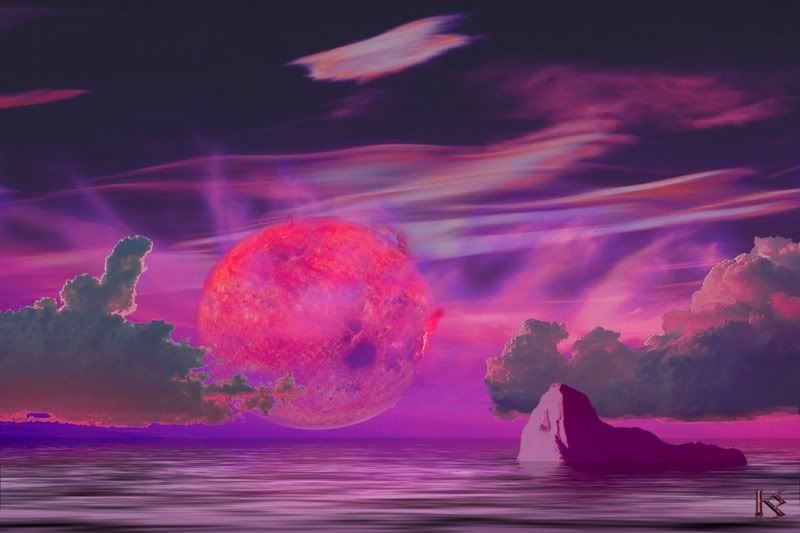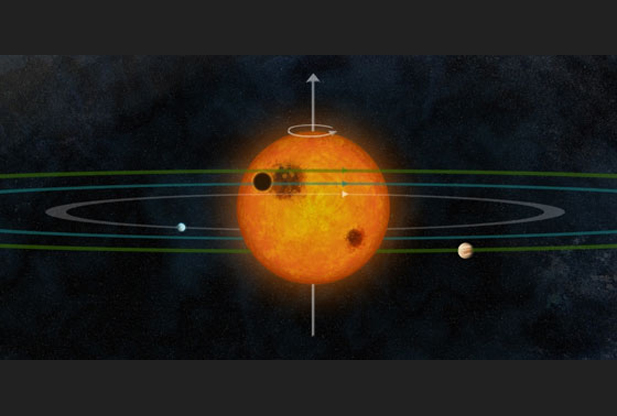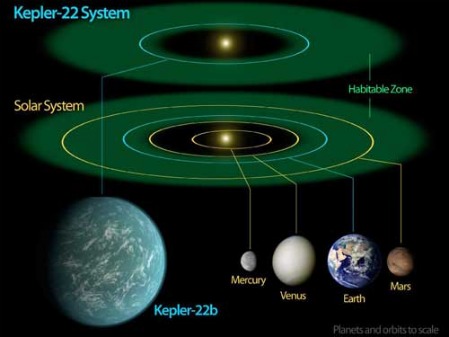Look at a big spiral galaxy like the Milky Way and its blazing with the blue-white light of hot, young stars. But the vast majority of stars in our galaxy are the smaller, redder types. Of the estimated 400 billion suns in our galaxy, astronomers believe at least half of them are red dwarfs. One problem with red dwarfs is they tend to be active, they can flare and dim dramatically over short periods of time compared to our reliable, stable yellow sun. Because they are so much dimmer, planets in the Goldilocks zone where water might exist as a liquid on the surface would need to huddle much closer to the red stars. Not only would those planets would be pummeled by stellar outburst, they’d become tidally locked, always the same side facing the sun, similar to the way our moon always presents the same face to earth. All things being equal, a planet that takes a few weeks to rotate instead of a day would have a less powerful magnetic field to ward off the solar wind. Both Mars and Venus have mostly lost whatever primeval magnetic field they once had and that probably played a role in vaporizing whatever oceans they may have started out with.
But there’s a newer consideration, one which could help protect the planets of red dwarfs, now being modeled and tested. This increases the number of potentially habitable exo-planets to 60 billion! How? Think of a cold Venus: [Read more…]




